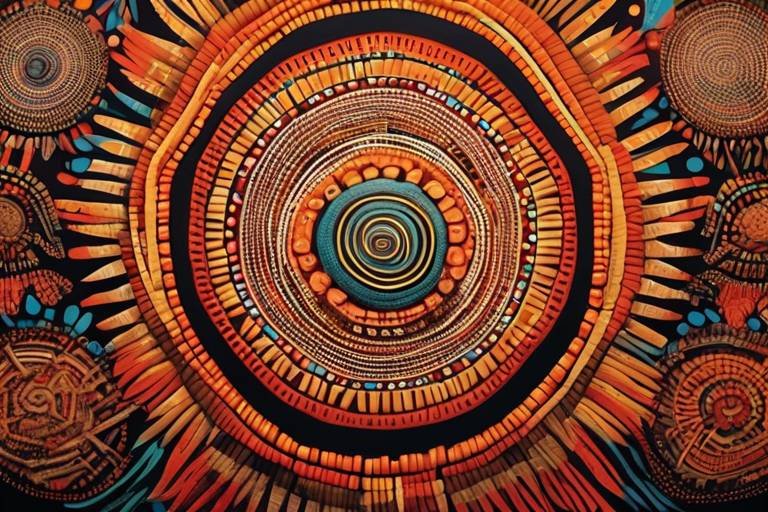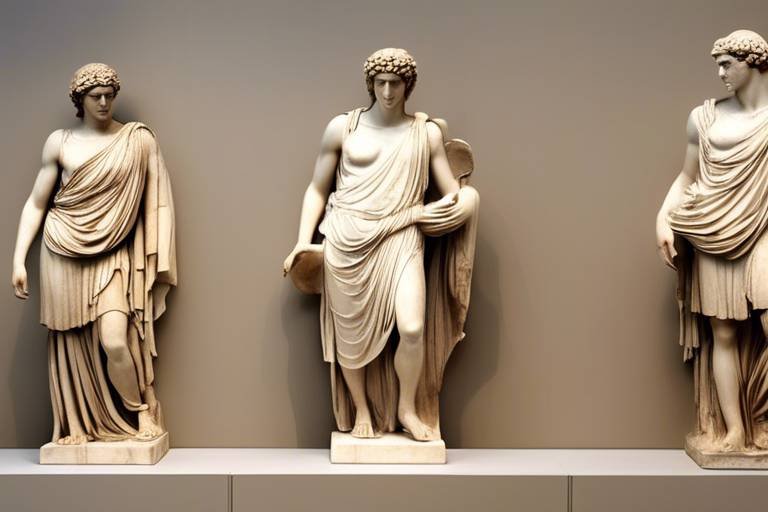The Use of Color in Aboriginal Art - Meanings and Symbolism
Aboriginal art is a rich tapestry of cultural heritage, storytelling, and spiritual beliefs woven through vibrant colors and intricate designs. The use of color in Aboriginal art holds deep meanings and symbolism, reflecting the connection to the land, ancestral spirits, and the ongoing narrative of creation. Let's delve into the world of Aboriginal art and unravel the significance of colors in this ancient and profound artistic tradition.
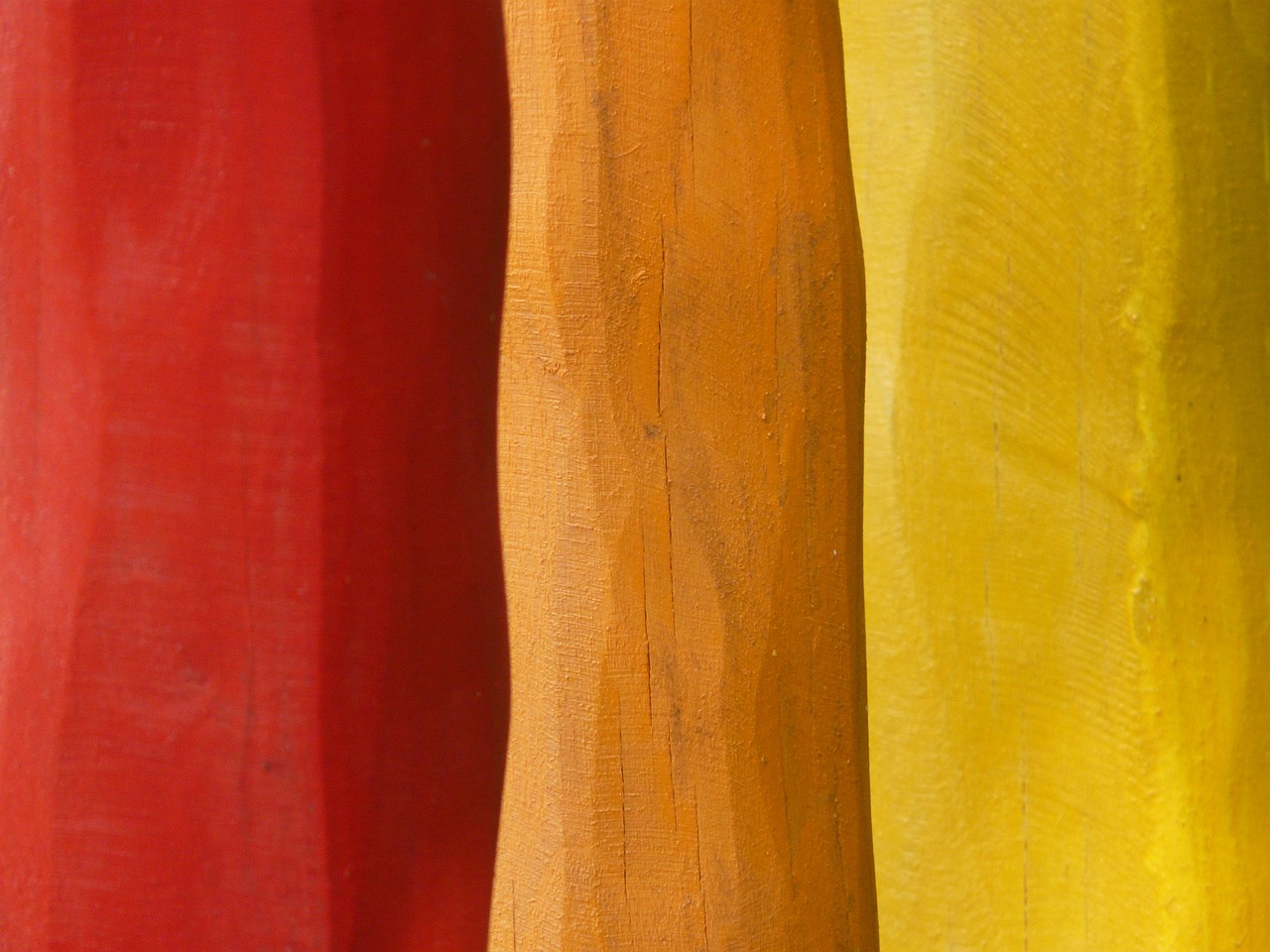
Traditional Color Palette
Aboriginal art is a rich tapestry of culture, history, and spirituality woven through vibrant colors and intricate patterns. In this article, we delve into the significance of color in Aboriginal art, exploring how it serves as a powerful medium for storytelling, cultural expression, and connection to the land.
When it comes to Aboriginal art, the traditional color palette is deeply rooted in the cultural heritage of Indigenous communities across Australia. Earthy tones such as ochre red, yellow, and brown are commonly used, sourced from natural pigments found in the land. These colors hold immense symbolic value, representing the connection to the earth, ancestors, and the Dreamtime.
The use of white in Aboriginal art symbolizes purity, spirituality, and the presence of ancestral spirits. Black, on the other hand, signifies the night sky, deep waters, and the unknown realms of the Dreaming. Each color in the traditional palette carries layers of meaning, reflecting the stories, beliefs, and traditions passed down through generations.
Through the careful selection and application of colors, Aboriginal artists bring to life the narratives of creation, spiritual journeys, and the intricate web of relationships between humans, nature, and the supernatural. The traditional color palette serves as a visual language, communicating complex ideas and emotions in a way that transcends words.
In some Aboriginal cultures, specific colors are reserved for ceremonial purposes, marking important rituals, dances, and celebrations. These colors hold a sacred significance, invoking the presence of ancestral spirits and connecting the community to their cultural roots. The traditional color palette is not merely a tool for artistic expression but a living testament to the enduring legacy of Indigenous traditions.
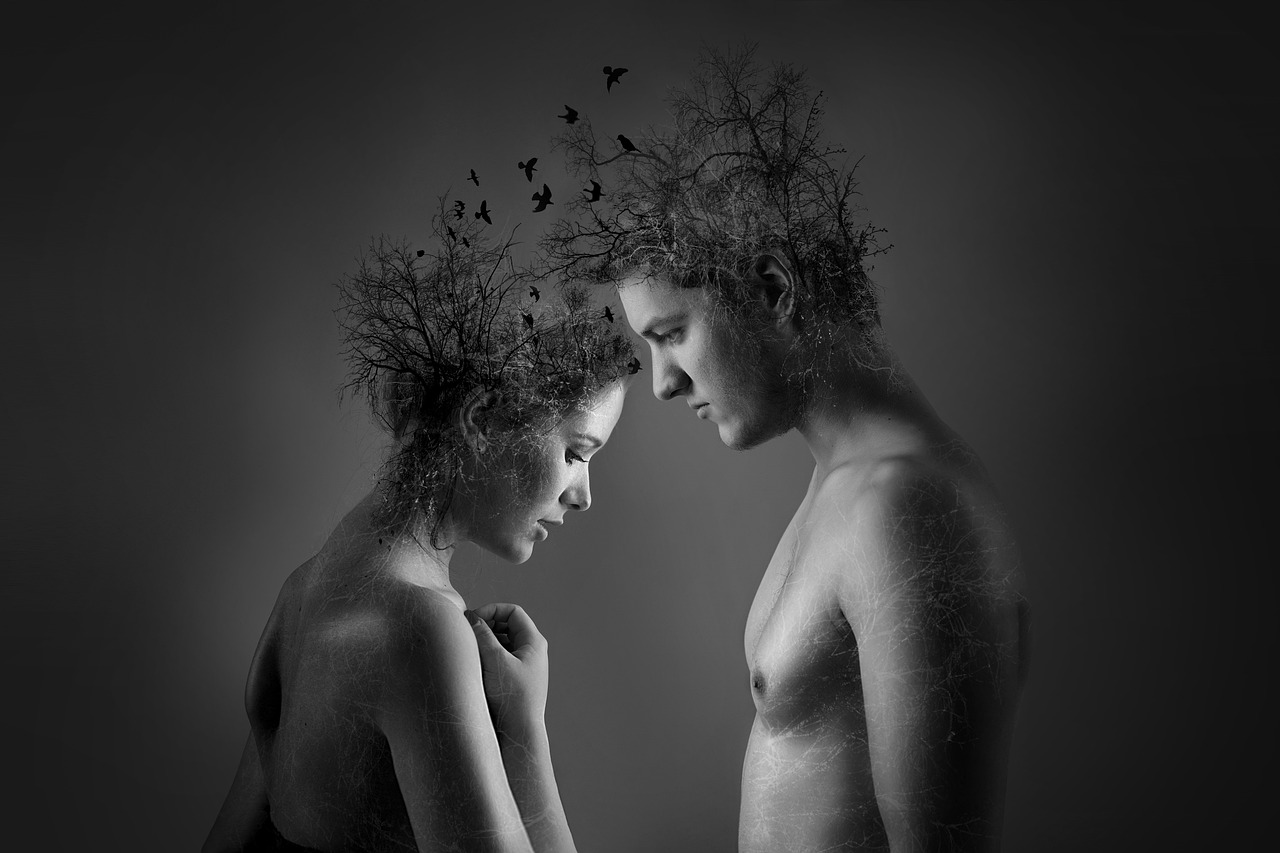
Symbolism of Colors
Colors play a profound role in Aboriginal art, carrying rich symbolism and cultural significance. Each color used in these artworks holds a deeper meaning, reflecting spiritual beliefs, ancestral connections, and stories passed down through generations. In Aboriginal culture, colors are not merely decorative elements but powerful symbols that convey complex narratives and emotions.
Black, for instance, represents the earth, the source of life and creation in Aboriginal beliefs. It symbolizes the ancestors and the stories of the Dreamtime, the mythical era when the world was created. Black is often used to outline shapes and symbols in artworks, emphasizing their importance and connection to the land.
Red is another significant color in Aboriginal art, symbolizing the earth's red ochre pigment, which is used in ceremonies and rituals. Red represents blood, fire, and energy, embodying the life force that flows through all living beings. It is a color of vitality, passion, and strength, often used to depict important spiritual elements in artworks.
Yellow holds meanings of the sun, warmth, and light in Aboriginal culture. It represents knowledge, wisdom, and guidance, illuminating the path of life and offering clarity and understanding. Yellow can symbolize growth, learning, and the sharing of cultural knowledge, connecting past, present, and future generations.
White signifies purity, spirituality, and peace in Aboriginal art. It is associated with the spirit world, ancestral beings, and the afterlife. White is often used to depict spirits, ancestors, and supernatural elements in artworks, bridging the gap between the physical and spiritual realms.
Blue carries meanings of water, sky, and the heavens in Aboriginal symbolism. It represents tranquility, serenity, and harmony, reflecting the balance and interconnectedness of all living things. Blue is used to convey a sense of peace, unity, and spiritual awareness, inviting viewers to contemplate the mysteries of the universe.
By understanding the symbolism of colors in Aboriginal art, viewers can appreciate the depth of meaning and cultural significance embedded in each artwork. The use of color goes beyond aesthetics, serving as a powerful language that communicates stories, beliefs, and connections to the land in profound and meaningful ways.
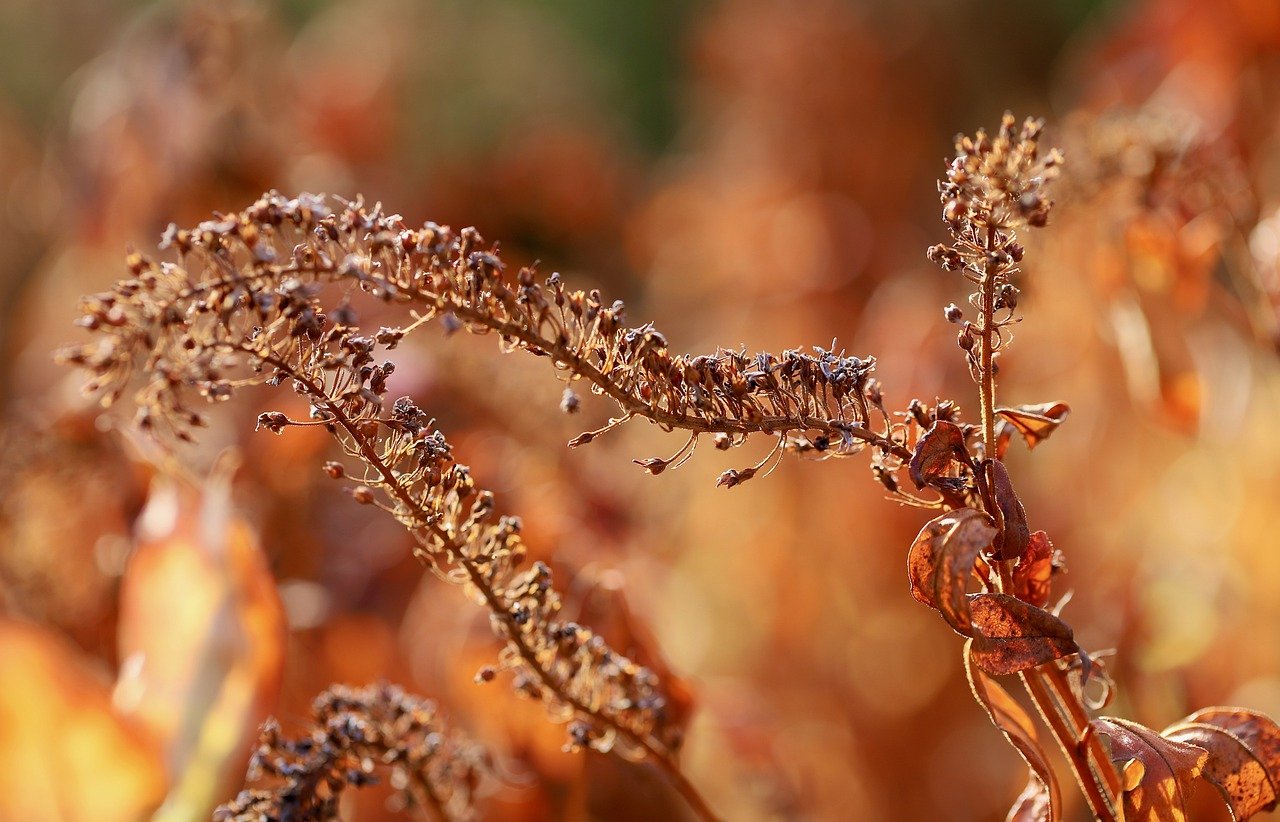
Regional Variations
Regional variations in Aboriginal art play a significant role in showcasing the diversity and richness of Indigenous cultures across Australia. Different Aboriginal communities have distinct color palettes that are deeply rooted in their unique traditions and stories. For example, the vibrant reds and yellows used by artists in the Central Desert region symbolize the arid landscape and the spiritual significance of the land. In contrast, artists from coastal regions often incorporate blues and greens to represent the sea and connections to water spirits.
These regional variations in color choices are not arbitrary but are deeply connected to the environment and cultural practices of each community. The use of ochre pigments, derived from natural earth materials, is a common feature in many Aboriginal artworks, reflecting a deep respect for the land and its resources. Additionally, the intricate patterns and designs found in different regions are influenced by local flora, fauna, and Dreaming stories that are passed down through generations.
When exploring Aboriginal art from various regions, one can observe a kaleidoscope of colors that reflect the diversity of landscapes and cultural beliefs across Australia. Each brushstroke tells a story, each hue carries a message, and each artwork is a testament to the enduring connection between Indigenous peoples and their ancestral lands.

Contemporary Adaptations
Contemporary Aboriginal artists have embraced innovation while staying true to traditional roots, creating captivating adaptations that bridge the past and present. By infusing new color palettes and techniques into their artwork, these artists breathe fresh life into age-old symbolism, captivating audiences with a blend of heritage and modernity.

Color as Storytelling
Color plays a vital role in Aboriginal art, serving as a powerful tool for storytelling and conveying rich narratives. Each hue carries deep significance, weaving tales of creation, spirituality, and the profound connection to the land. In Aboriginal culture, colors are not merely decorative elements but hold layers of meaning that resonate through generations.
Imagine a canvas painted with vibrant reds, symbolizing the earth's warmth and the life force that flows through it. The ochre tones, derived from natural pigments, tell stories of ancestral ties and the enduring presence of spirits in the land. These colors are not randomly chosen but are carefully selected to communicate the essence of cultural beliefs and traditions.
As an artist dips their brush into the palette, they are not just adding color but infusing life into their art, breathing stories into every stroke. The blending of colors creates a visual symphony, where each shade harmonizes to narrate tales of creation, survival, and the interconnectedness of all living beings.
Picture a painting that transitions from deep blues representing the vastness of the sky to earthy browns symbolizing the rootedness in the land. These colors speak volumes without uttering a word, inviting viewers to embark on a journey through time and space, guided by the hues carefully selected by the artist.
Through the use of colors, Aboriginal art transcends mere visual representation and becomes a portal to a world where stories are not told but painted. It is a language that speaks to the soul, evoking emotions, memories, and a profound sense of belonging to a culture deeply rooted in the land.
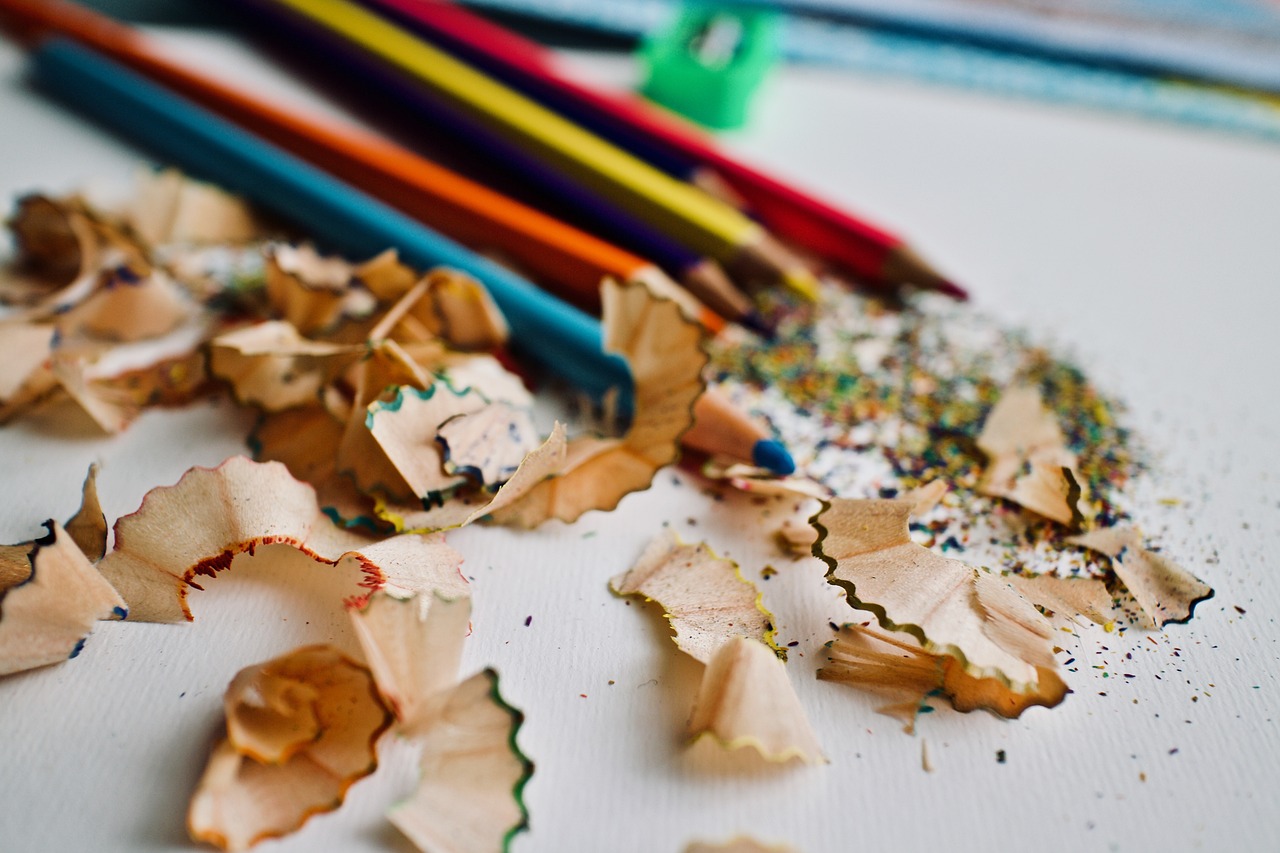
Color Psychology
Color psychology plays a significant role in Aboriginal art, influencing the emotional responses and cultural interpretations of the viewers. Each color used in these artworks carries deep symbolic meanings and conveys a range of emotions and connections to the spiritual world. The vibrant hues of red, symbolizing energy, passion, and the earth, evoke a sense of vitality and ancestral power. In contrast, the calming blues and greens represent the sky, water, and growth, instilling a feeling of tranquility and harmony with nature.
Furthermore, the warm tones of yellow and orange signify the sun, warmth, and knowledge, reflecting enlightenment and wisdom passed down through generations. These colors not only create visual impact but also trigger memories, evoke nostalgia, and establish a sense of cultural identity among the Aboriginal communities. The intricate use of color in Aboriginal art transcends mere aesthetics, delving into the realm of psychology and storytelling, captivating audiences with its depth and richness.
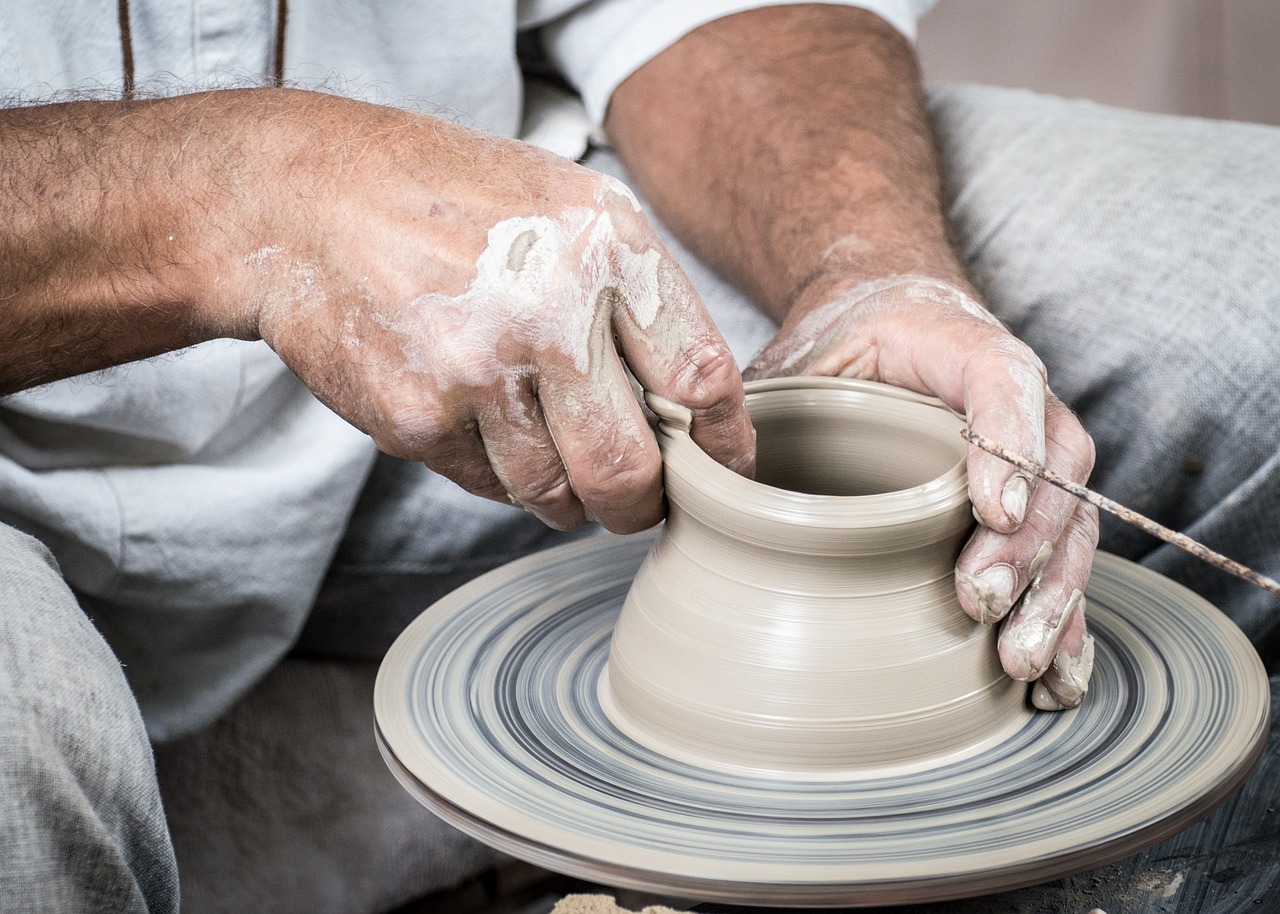
Environmental Influences
Aboriginal art is known for its vibrant colors that hold deep meanings and symbolism within Indigenous Australian cultures. The use of color in Aboriginal art goes beyond mere aesthetics; it serves as a powerful tool for storytelling, spiritual expression, and cultural identity.
When delving into the world of Aboriginal art, one cannot overlook the profound influence of the natural environment on the choice of colors. The landscapes and seasons of Australia play a crucial role in shaping the color palettes used by Aboriginal artists. Just as the earth, sky, and water are interconnected in nature, so too are the colors in Aboriginal art intertwined with the environment.
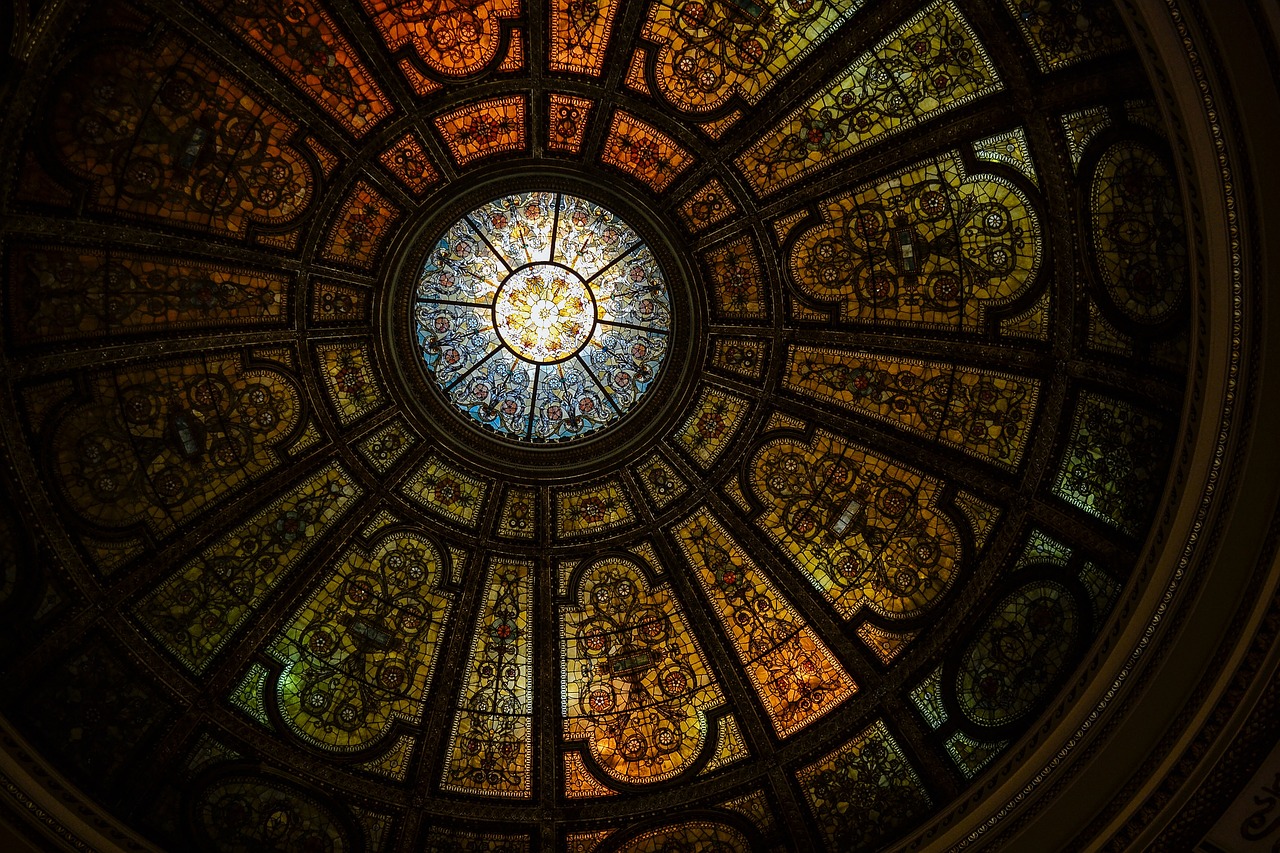
Ceremonial Significance
Within Aboriginal art, colors hold a profound that goes beyond mere aesthetics. The use of colors in ceremonial contexts plays a pivotal role in honoring ancestral spirits, traditions, and cultural practices. Each hue is carefully selected to symbolize specific meanings and evoke spiritual connections during rituals, dances, and celebrations.
During ceremonies, colors are not chosen randomly but are deeply rooted in the spiritual beliefs and stories of the Aboriginal communities. The colors used hold symbolic representations that are passed down through generations, carrying the essence of the land, ancestors, and the Dreamtime.
In ceremonial settings, the application of colors is a deliberate and sacred act, reflecting the respect and reverence the Aboriginal people have for their cultural heritage. The vibrant hues used in body painting, artifacts, and decorations serve as a visual language that communicates with the spiritual realm and honors the interconnectedness of all living beings.
Furthermore, the ceremonial significance of colors in Aboriginal art extends to the preservation and continuation of cultural traditions. Through the use of specific color combinations and patterns, ceremonies serve as a way to maintain the spiritual connection to the land, ancestors, and the stories that define the identity of each community.
Overall, the ceremonial use of colors in Aboriginal art is a testament to the rich cultural heritage and spiritual depth of the Indigenous peoples of Australia. It serves as a reminder of the enduring traditions, beliefs, and values that are intricately woven into every brushstroke and design, creating a vibrant tapestry of cultural expression and reverence.
Frequently Asked Questions
- What are the traditional colors used in Aboriginal art?
The traditional colors used in Aboriginal art are derived from natural pigments found in the Australian landscape. These colors include earthy tones such as ochre, red, yellow, and black, which hold cultural significance and represent connections to the land and ancestral stories.
- How do colors in Aboriginal art convey spiritual beliefs?
Colors in Aboriginal art carry symbolic meanings that are deeply rooted in spiritual beliefs and ancestral connections. For example, the color blue may represent water or the sky, symbolizing life-giving elements essential for survival, while white can signify purity or spiritual enlightenment.
- What is the significance of regional variations in the use of color?
Regional variations in the use of color among different Aboriginal communities reflect diverse cultural practices and storytelling traditions. These variations highlight the unique identities and histories of each community, showcasing the rich tapestry of Aboriginal art across Australia.
- How do contemporary Aboriginal artists blend traditional symbolism with new color palettes?
Contemporary Aboriginal artists innovate by incorporating new color palettes and techniques while honoring the traditional symbolism and storytelling elements of their art. This fusion of old and new allows for the preservation of cultural heritage while adapting to modern artistic trends.
- What role do colors play in storytelling through Aboriginal art?
Colors in Aboriginal art serve as a powerful storytelling tool, conveying narratives of creation, spirituality, and connection to the land. Each color carries layers of meaning and emotion, weaving intricate tales that speak to the cultural identity and heritage of the Aboriginal people.




